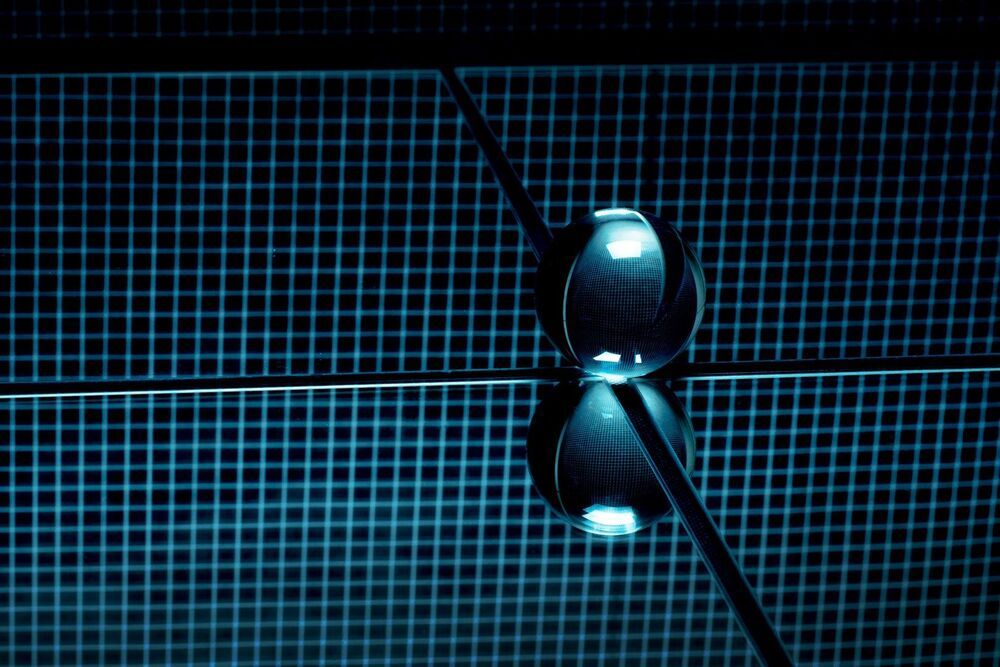Circa 2020
The basic idea behind all nuclear power plants is the same: Convert the heat created by nuclear fission into electricity. There are several ways to do this, but in each case it involves a delicate balancing act between safety and efficiency. A nuclear reactor works best when the core is really hot, but if it gets too hot it will cause a meltdown and the environment will get poisoned and people may die and it will take billions of dollars to clean up the mess.
The last time this happened was less than a decade ago, when a massive earthquake followed by a series of tsunamis caused a meltdown at the Fukushima Daiichi power plant in Japan. But a new generation of reactors coming online in the next few years aims to make these kinds of disasters a thing of the past. Not only will these reactors be smaller and more efficient than current nuclear power plants, but their designers claim they’ll be virtually meltdown-proof. Their secret? Millions of submillimeter-size grains of uranium individually wrapped in protective shells. It’s called triso fuel, and it’s like a radioactive gobstopper.
Triso— short for “tristructural isotropic”—fuel is made from a mixture of low enriched uranium and oxygen, and it is surrounded by three alternating layers of graphite and a ceramic called silicon carbide. Each particle is smaller than a poppy seed, but its layered shell can protect the uranium inside from melting under even the most extreme conditions that could occur in a reactor.
